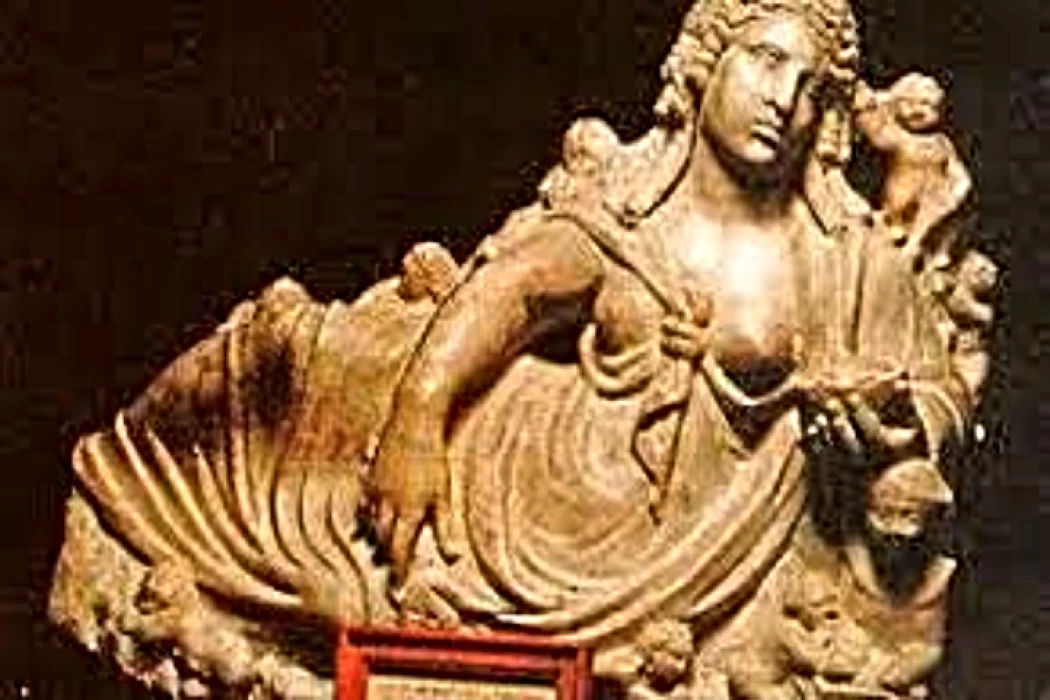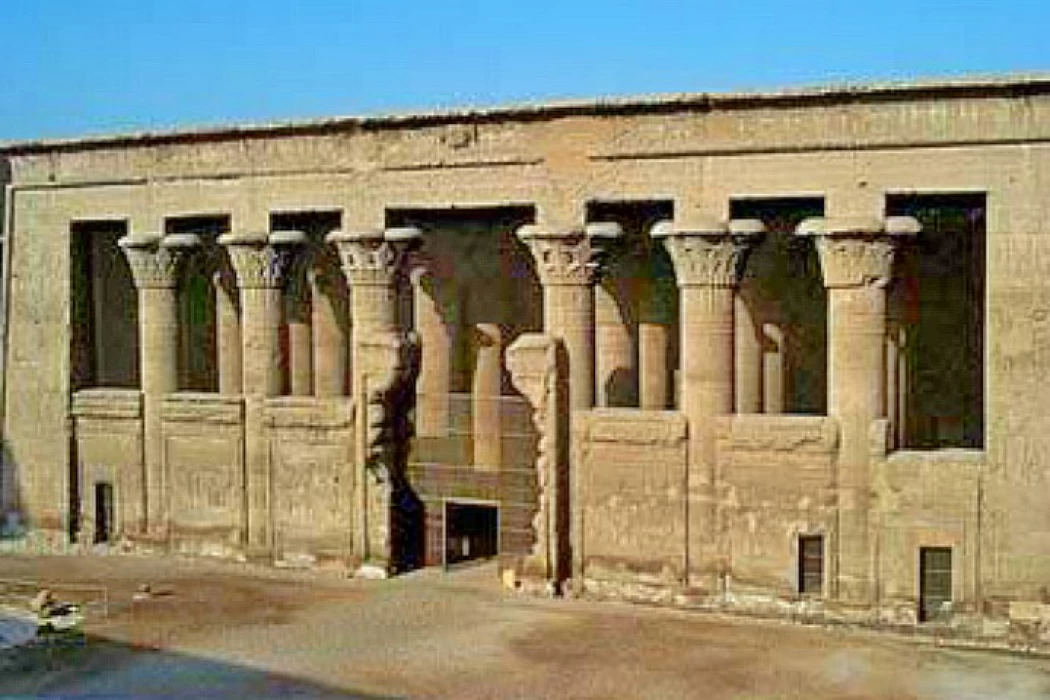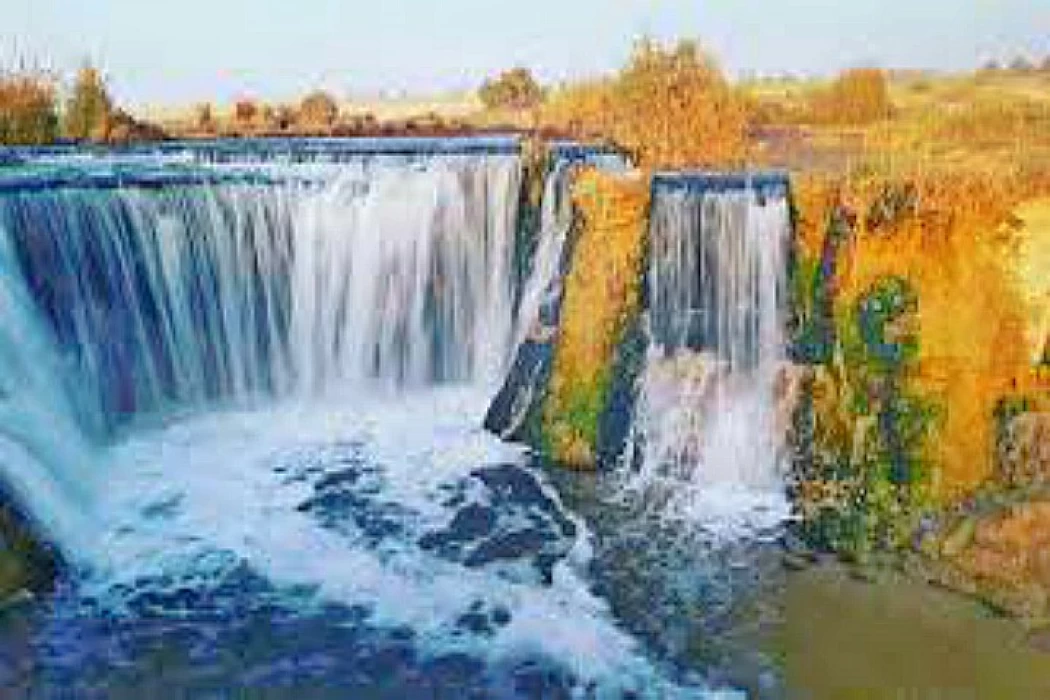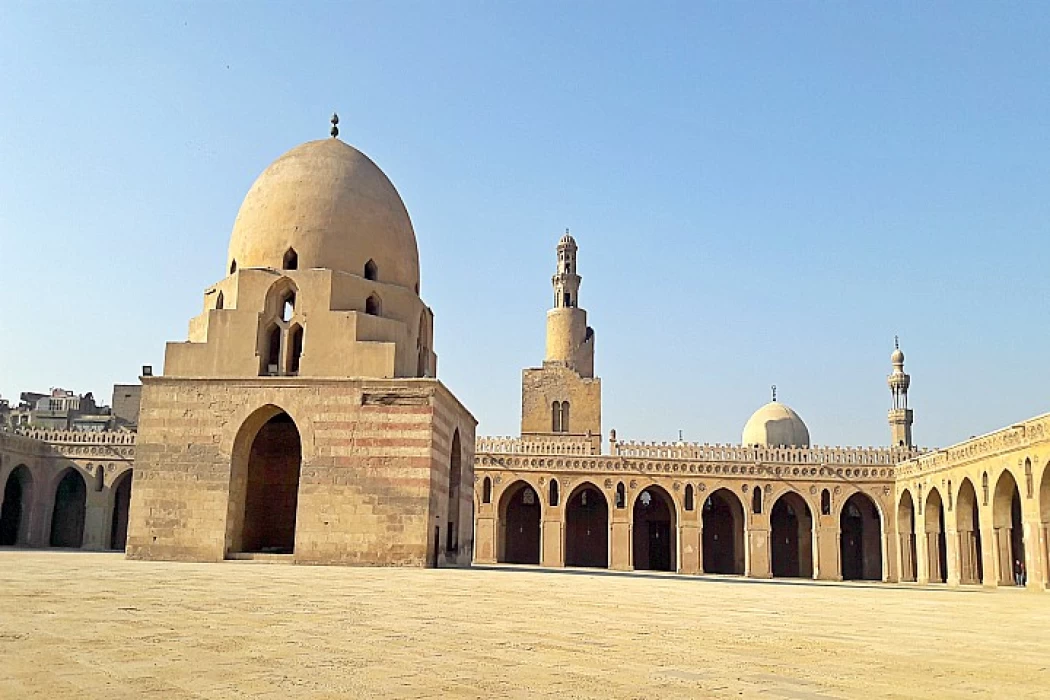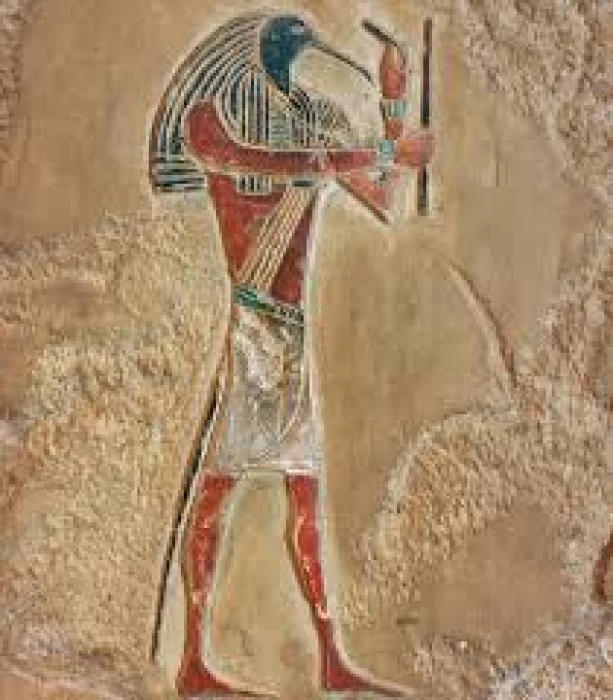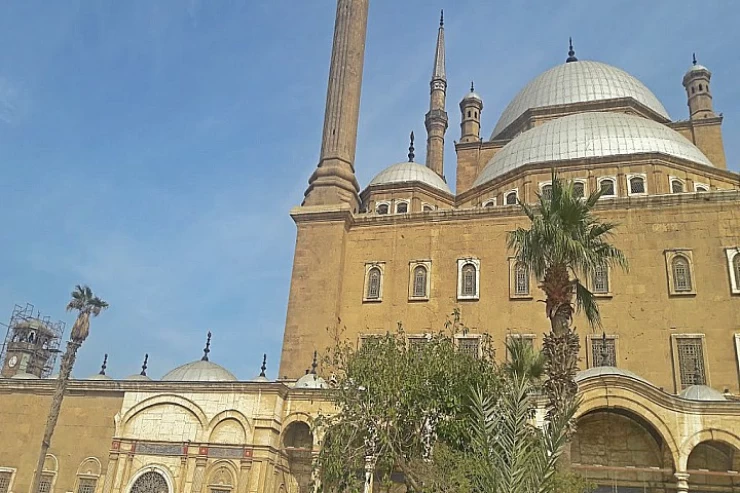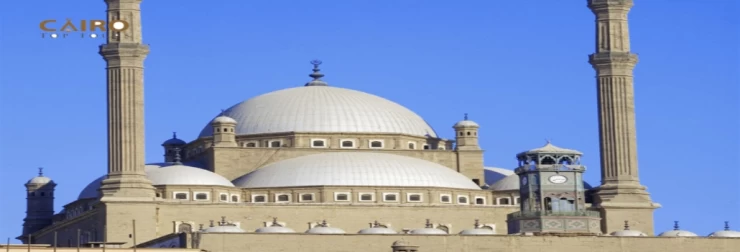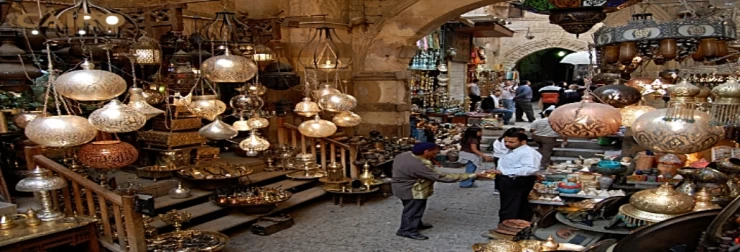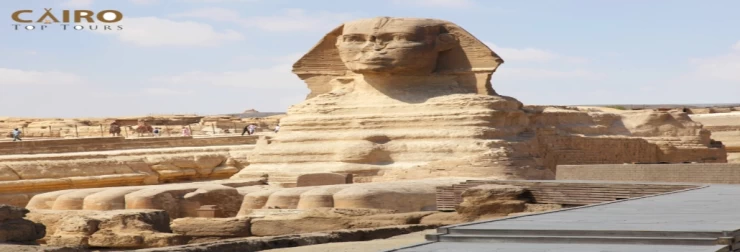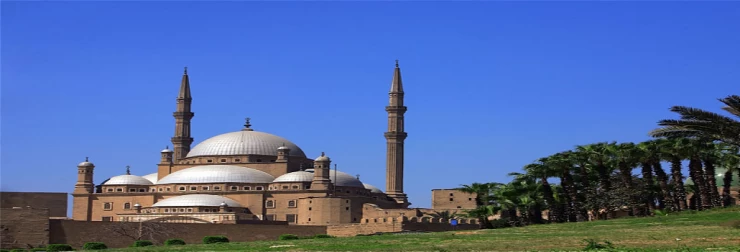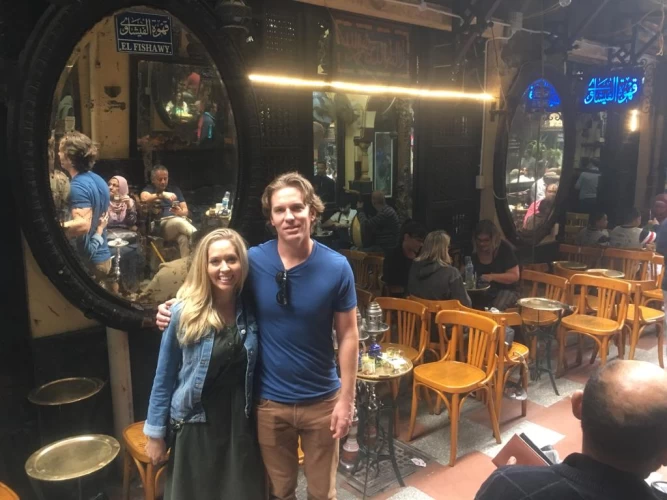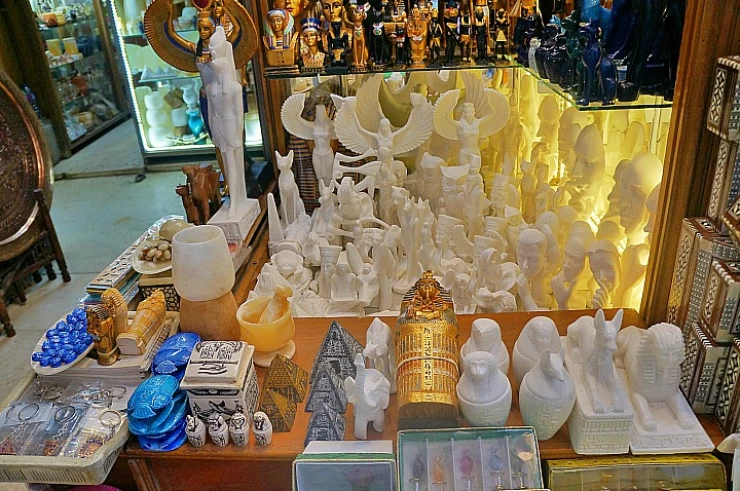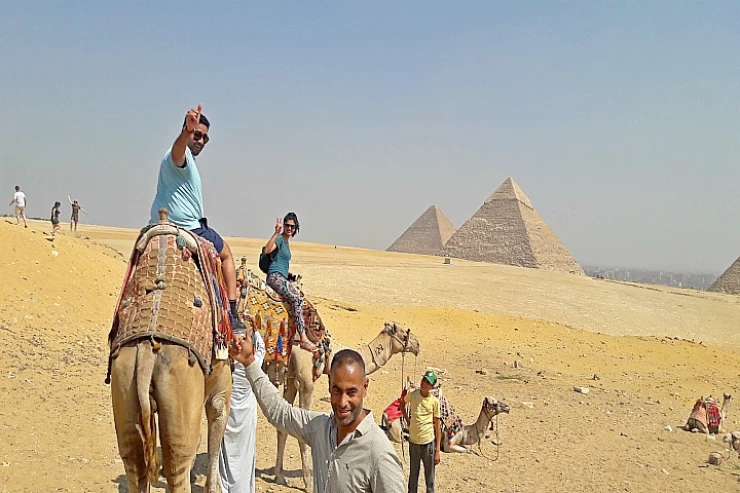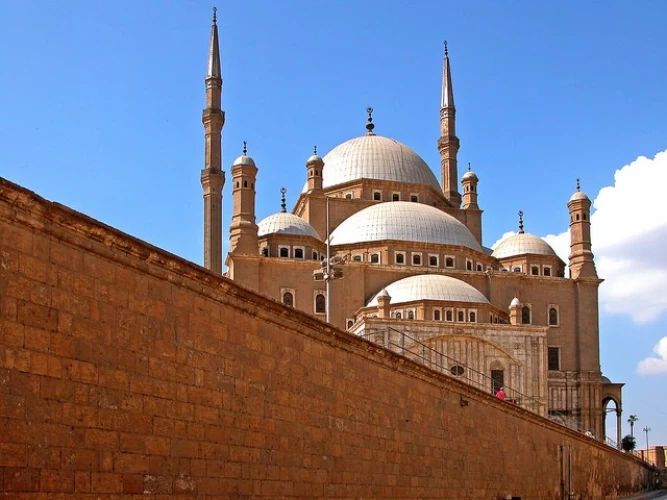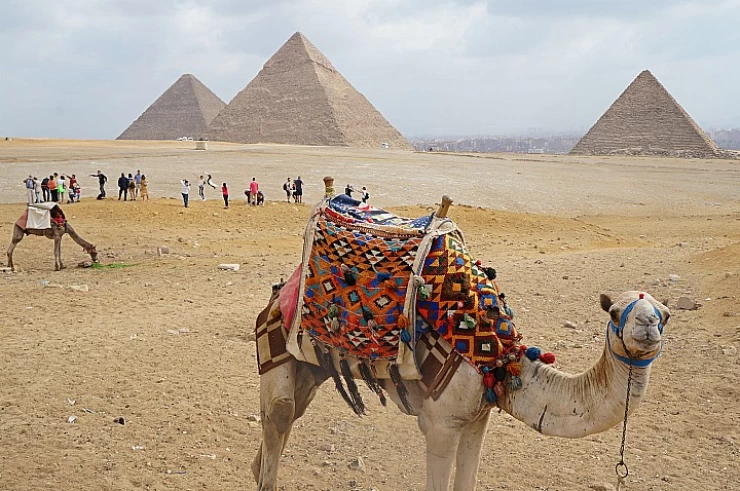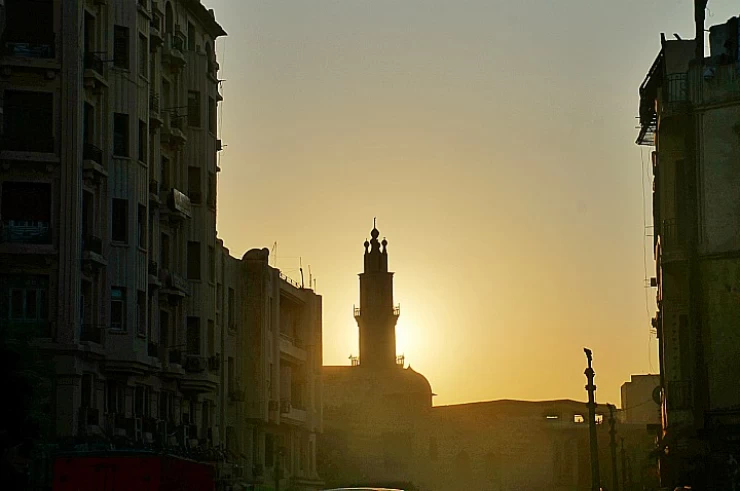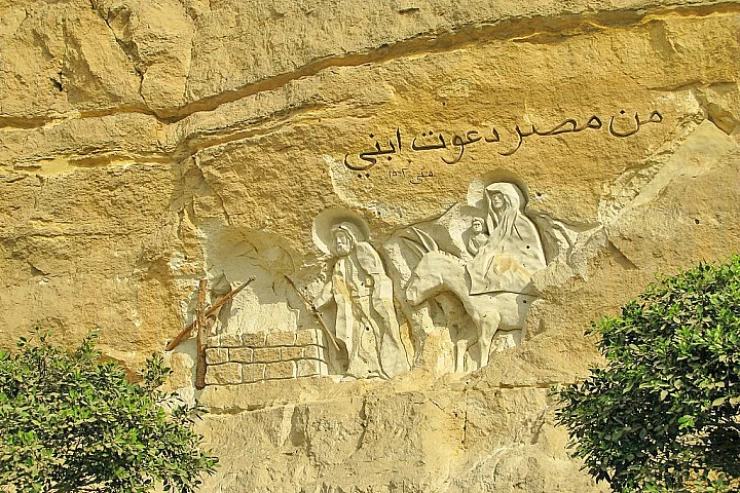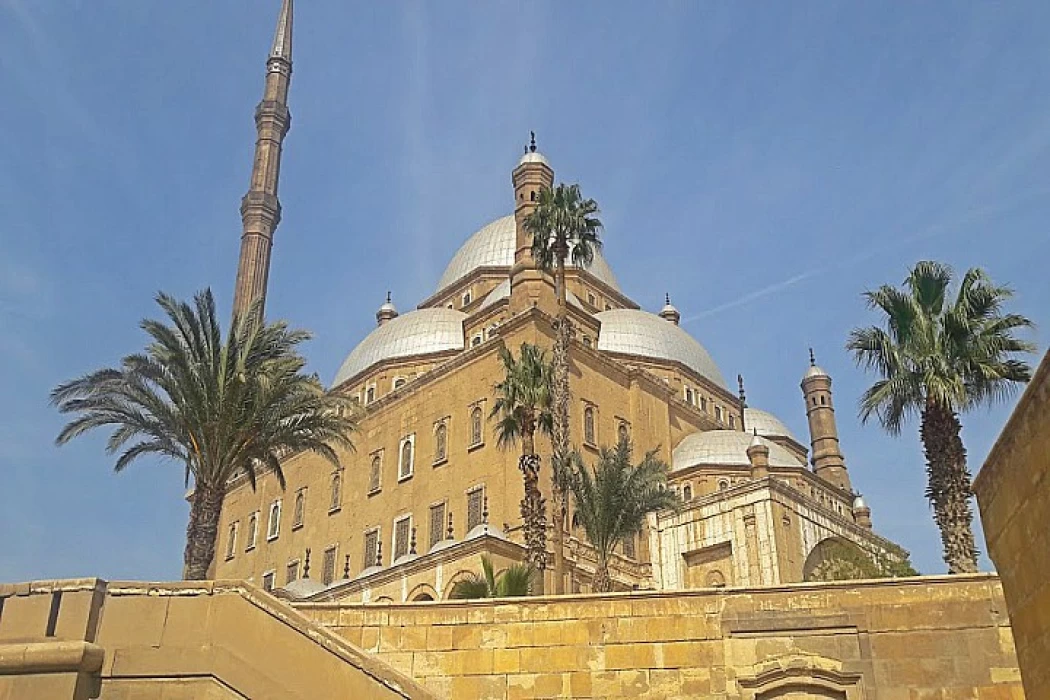
The Citadel of Salah al-Din
Salah al-Din Citadel
Salah al-Din began constructing a citadel on the top of Mount Muqattam, but he died before he could complete it and was succeeded by Sultan al-Kamil ibn Adel; this sultan was the first to live in Salah al-Din's citadel, naming it in honour of the man who built it.
In the west of the citadel, there is a listed door with an Arabic word above it stating that our king Al-Nasser Salah al-Din al-Ayyubi ordered the construction of this citadel in 579.
Saladin dug a well for the soldiers to drink during times of war, as the period of Saladin was an important period in Islamic history, as he was able to unite and conquer many countries.
This citadel is considered an important defensive centre for Cairo and Fustat, two of the most important ruling centres in Egypt. It is also considered a fortress where, if the state falls into the hands of an enemy, he can hide, as it is located high above the mountain. It is considered one of the most important castles that were built in the Middle Ages, especially in the Islamic era.
This citadel passed through many historical events, including in the eras after Salah al-Din when Muhammad Ali ruled Egypt and his successors, then the French expedition until the present time, as it is now considered one of the most important places where people from all over the world visit to see the great citadel on Mokattam Mountain.
The construction of this citadel was supervised by Salah al-Din's minister, who is called Baha al-Din Qaraqosh, and after him, others came to complete the construction of the citadel and built a huge door in the era of the Ottoman Sultan Muhammad Yakan Pasha, where it was established in 1200 AH/1785 AD, and a memorial plaque was written on the door in Turkish with the name Muhammad Yakan Pasha, who built the door, but it was stolen after that, and they called this door many names, including Bab al-Mokattam in the Ottoman era or Bab Salah Salem in our time.
The internal door of the citadel is called the Citadel Tower door or the museum door, as it separates the citadel and the old military city, which was well fortified to face enemies.
The northeastern part of the citadel is the fortress, which was the most important place of the citadel in the Middle Ages. The thickness of citadel walls is 3 m thick and 10 m high, and these walls were built on the same pattern as the walls in the Fatimid era, in addition to containing new elements such as making the walls round and similar to Saladin's castle to Karak Castle in Jordan, as both were completed by Al-Kamil bin Adel.
Who is Saladin?
Salahuddin was born in Iraq to a Kurdish father, but when he was young, he moved to Damascus with his father, as he was the governor of Damascus. Salahuddin spent most of his life there and studied engineering and science with literature and poetry and also learned horseback riding and excelled in it.
When Saladin grew up, the Abbasid state was divided, as Egypt was ruled by the Fatimids and most of the Mediterranean countries were under Crusader control, but Damascus was under the rule of Nur al-Din, Saladin's uncle, as Shawar bin Mujir came to him out of fear of the minister of Egypt, Dirgham bin Amer, to save them, but Saladin refused to go with them, so his brother Asaduddin went to Egypt, and the Ayyubids entered Egypt in 1163 AD. The Ayyubids entered Egypt in 1163 AD, but after that, Asad al-Din decided to withdraw from Egypt after the Crusaders attacked him due to the lack of soldiers with him, but then they returned with Salah al-Din to defeat the Franks and the Fatimids from the Ayyubid army, and there was a battle between them in Giza where the difficulty of the land made them victorious, and Salah al-Din was able to capture one of their leaders, and then another battle took place in Alexandria. Then after that, the Ayyubids returned to Egypt and settled in it, but Saladin's cousin appealed to him in Damascus to free him from the Crusaders. After that, Saladin continued to conquer one country after another, such as Tripoli, Lebanon, and others, until he became the ruler of Egypt and continued to build in Egypt, the most important of which was the castle on the mountain, but he died before realizing his dream. He died before he realized his dream, which was to free Jerusalem from enemies, as he tried to fight the Crusaders, but he returned to Egypt without victory. After that, he entered into some wars with King Richard I of England until Saladin fell ill with a fever and stayed for ten days. Saladin died, leaving behind a great history and a building that is one of the most important tourist attractions in Egypt at present.
Latest Articles
Admin
The Graeco-Roman Museum
The Greco-Roman Museum of Alexandria is Egypt's most important archaeological museum, displaying a wide and impressive array of antiquities of the Roman and Greek periods, a testament to Alexandria as a hub of culture and civilization in the ancient world.
Admin
Temple of Khnum
The Temple of Khnum in Esna is a great religious monument that stands as a living record of the excellence of Egyptian artists and priests during the Ptolemaic and Roman eras and should attract every lover of Egyptian history and civilization.
Admin
Beni Hassan Tombs
The tombs of Beni Hassan are among the most prominent evidence of the greatness of ancient Egyptian civilization, as they reflect the Egyptians' mastery of architecture and sculpture, as well as the minute details documenting aspects of their daily life and religious beliefs. These tombs, which date back to the Middle Kingdom, are not just burial sites but archaeological treasures that reveal the nature of Egyptian society at the time as well as its political and economic relations.
Admin
Wadi El Rayan
Wadi El-Rayan is one of the most important natural tourist attractions in Egypt, especially in Fayoum, where there are many wonderful places such as waterfalls and springs for medical tourism, as well as mountains for safari and camping.
Admin
Muslim Conquest in Egypt
Egypt became part of the Islamic world and played a pivotal role in Islamic and Arab history. The conquest had a different aspect than many conquests, as it was characterized by organization and negotiation, as well as military power.
Admin
God Thoth
Thoth served as the spiritual representation in Egyptian mythology whose divine nature embodied reason as well as justice and eternal wisdom. The legacy from Thoth spread throughout thinking, religion and science, thus preserving his name in Egyptian and Greek philosophical works.
